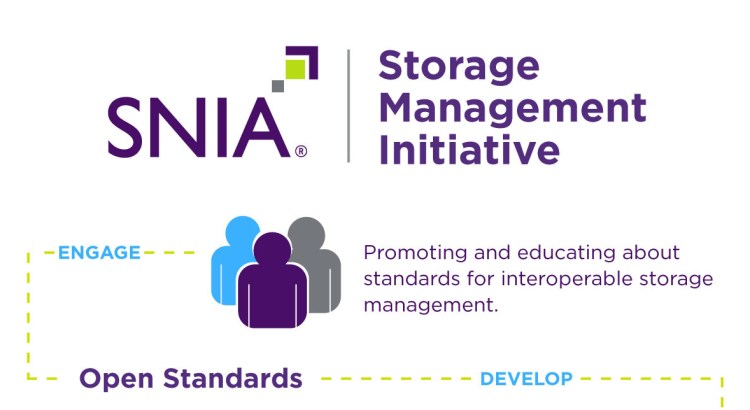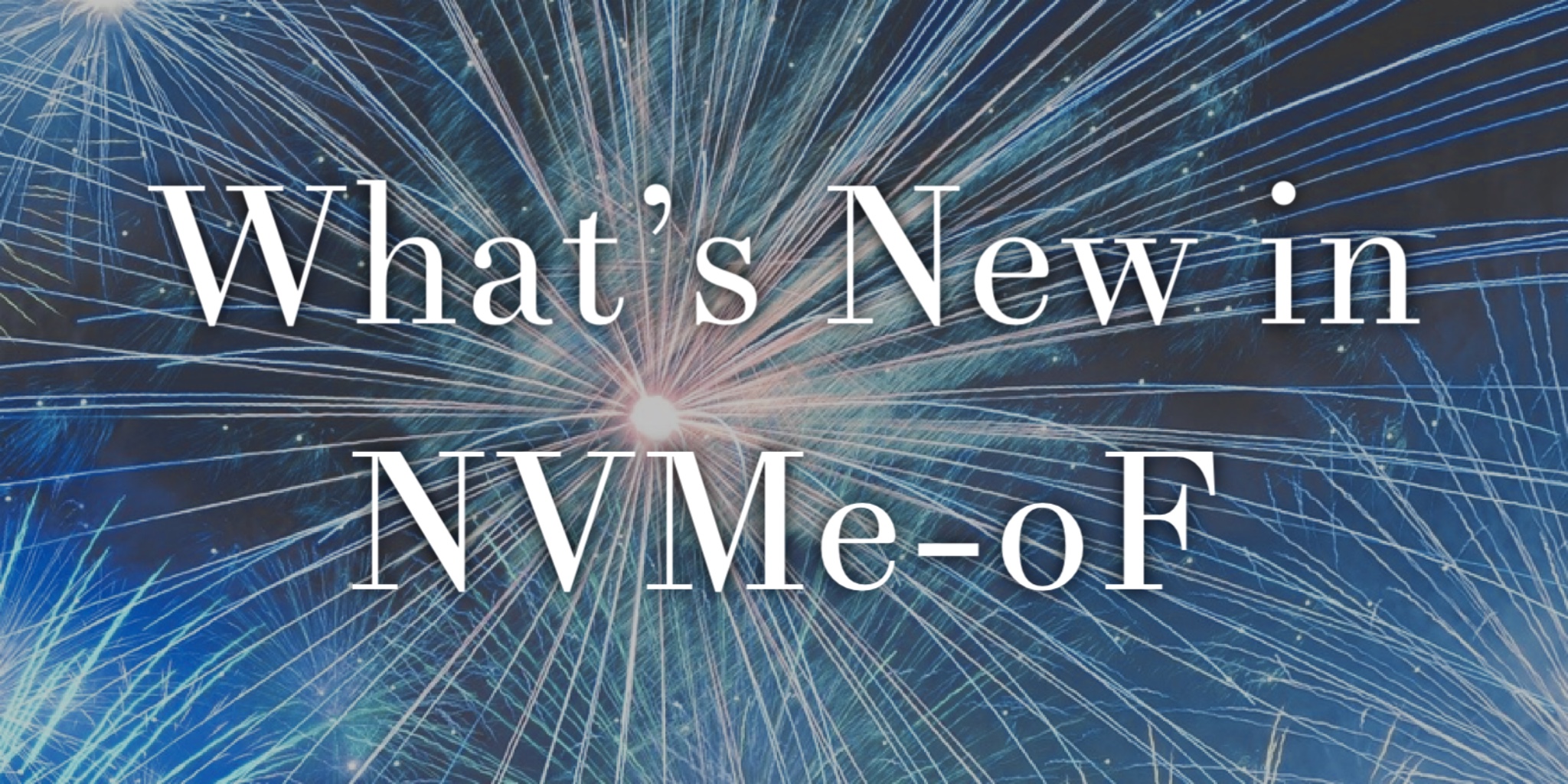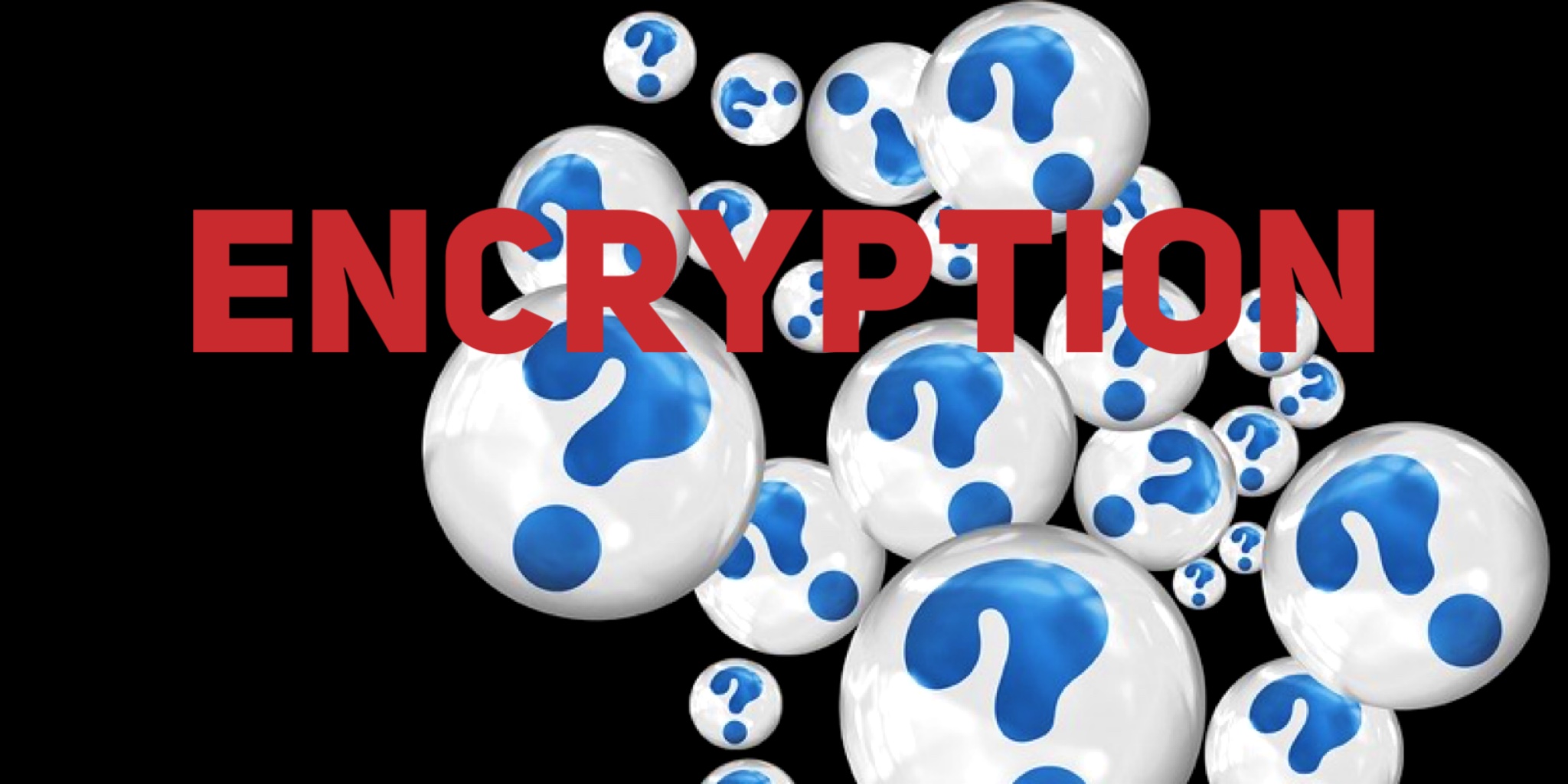By Don Deel, SNIA SMI Governing Board Chair
The SNIA Storage Management Initiative (SMI) uses many acronyms that can cause confusion. SMI? That’s the name of the Initiative! SMI-S? That’s a storage management specification. CTP? That stands for Conformance Test Program, but soon there will be two! One already exists for SMI-S and the other is being developed for SNIA Swordfish. Swordfish is a storage management specification that doesn’t have an acronym.
So other than come up with confusing acronyms, what does the SMI do? The SMI is an active group with a mission to unify the storage industry to develop and standardize interoperable storage management technologies. The SMI supports the development of storage management solutions that are based upon standard interfaces instead of proprietary interfaces. This helps lower costs, makes integration efforts easier and provides increased reliability, security and manageability.
You can learn more about the SMI on SNIA’s website, but to make things easier to digest, we created an infographic. It’s on our website here. This provides a visualization of the programs SMI has to offer and how they all work together to provide SMI members maximum value.
If you’re interested in storage management and your company works with these technologies, I encourage you to join SNIA’s SMI and participate in the development of the next generation of storage management standards. Learn more about SMI membership here.














 ) has not been resting on any laurels. Work has been ongoing, and several updates are worth mentioning. And that’s exactly what the
) has not been resting on any laurels. Work has been ongoing, and several updates are worth mentioning. And that’s exactly what the 

Leave a Reply